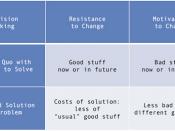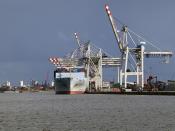SUMMARYCOSCO has made two major reforms in the system of shipping operation since 1993 in accordance with the principles and policies laid down by the government of China regarding the reform of big and medium-sized state-owned enterprises, taking into consideration the trend of development of international shipping market and what is required by the development of Cosco itself. (Wei Jiafu, 1999) The purpose of the reform is to establish a system of management and operation that is characterized by the "integration of operation and management" and "integration of operation and marketing on global basis" thereby enabling the core business of COSCO, i.e. shipping to become more market-oriented, to improve its service standard and to sharpen its competitive edge.
Their mission statement outlines that they aim "To be a world leader in shipping and logistics services by maintaining trustworthy relationships with our customers, employees and partners, our ever-lasting promise is to provide best services to our clients and maximize returns to our shareholders, our eternal belief is to build up an image of credibility and reliabilityâ¦Insist on honesty, pursue for excellence, and enable COSCO group to create a world's renowned brand while providing high quality products and services to customers."In
this case study we will present the management and marketing strategies of COSCO which made it an international giant, and its logo is widely recognized around the world. At the beginning we briefly state the past and present of COSCO. Then, on section 2 the management strategies are analyzed. On section 3 the marketing strategies are discussed through examples found on COSCO's website. The conclusion highlights briefly the most important strategies.
LIST OF CONTENTS1. COSCO: past and presentpage 32. Management strategiespage 32.1. Decision - making managementpage 42.2. Objective Management page 42.3. Enterprise Risk Managementpage 42.4. Lean Managementpage 52.5. Quality Management System...


